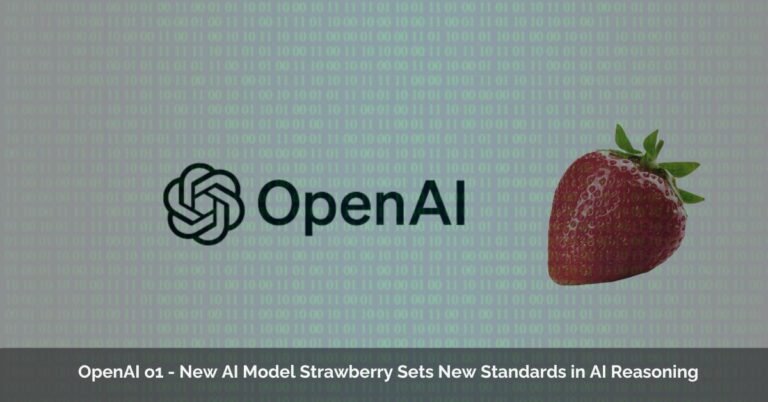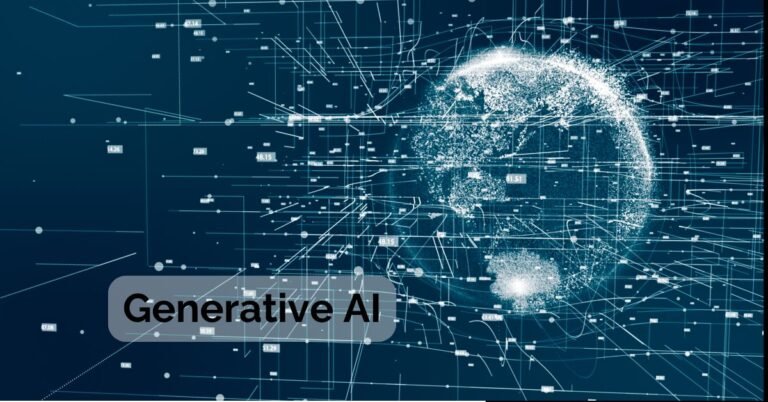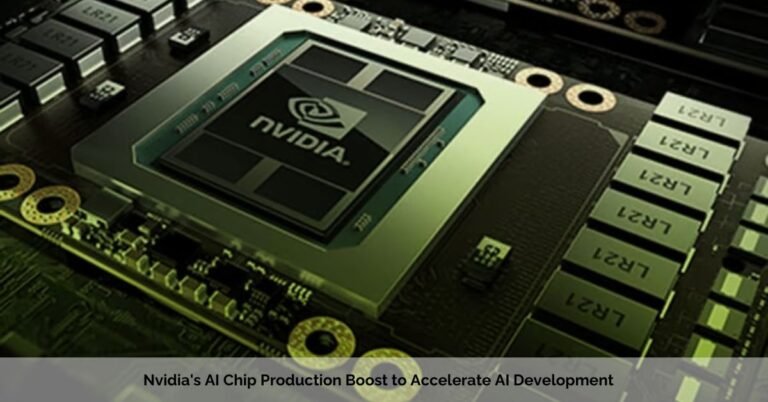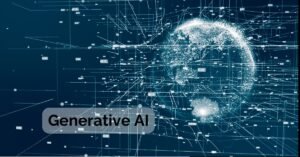In the age of big data, where information reigns supreme, the ability to extract valuable insights is paramount. Data mining, the process of uncovering hidden patterns and relationships within vast datasets, emerges as a powerful tool. And Python, with its intuitive syntax, extensive libraries, and thriving community, has become the go-to language for data miners around the globe.
Python – The Data Miner’s Toolkit
Python’s suitability for data mining stems from its unique blend of characteristics:
- Readability: Python’s code resembles natural language, making it easier to learn and maintain for data miners of all backgrounds.
- Powerful Libraries: A rich ecosystem of libraries like pandas (data manipulation and analysis), NumPy (numerical computations), and scikit-learn (machine learning algorithms) equip you with the tools to tackle any data mining challenge.
- Visualization Capabilities: Libraries like Matplotlib and Seaborn allow you to create compelling visualizations that illuminate patterns and trends within your data.
- Community and Resources: Python boasts a vast and supportive community of data miners and developers, providing a wealth of tutorials, documentation, and forums for troubleshooting and collaboration.
The Data Mining Process: A Step-by-Step Guide
- Define the Business Problem: Clearly articulate the question you’re seeking to answer through data mining. What insights are you hoping to glean?
- Data Acquisition: Gather the relevant data from various sources, ensuring it’s accurate, complete, and up-to-date. This may involve database queries, web scraping (ethically, of course!), or API integrations.
- Data Cleaning and Preprocessing: Prepare your data for analysis by handling missing values, identifying and correcting inconsistencies, and transforming the data into a format suitable for the chosen mining techniques.
- Exploratory Data Analysis (EDA): Gain a preliminary understanding of your data’s structure and characteristics. Visualizations, summary statistics, and correlations between variables are crucial steps in this phase.
- Model Selection and Application: Choose the appropriate data mining technique (e.g., classification, clustering, association rule learning) based on your goals and the nature of your data. Utilize Python’s machine learning libraries to implement your chosen algorithms.
- Evaluation and Interpretation: Assess the performance of your model using metrics relevant to the problem. Explain the discovered patterns and relationships in a clear and actionable way for stakeholders who may not have a technical background.

How is Python used in Data Mining
Python has become a popular language for data mining due to its versatility and rich ecosystem of libraries. Here’s a breakdown of how Python is used in data mining:
Data Acquisition and Cleaning
- Web Scraping: Libraries like BeautifulSoup and Scrapy can extract data from websites for analysis.
- Data Loading: Python can handle various data formats (CSV, Excel, JSON) for easy import and manipulation.
- Data Cleaning: Libraries like Pandas offer tools to clean and preprocess messy data, handling missing values and inconsistencies.
Data Analysis and Exploration
- Numerical Computing: NumPy provides powerful array operations for efficient numerical computations on large datasets.
- Data Exploration: Pandas allows for data exploration through filtering, sorting, grouping, and aggregation.
Machine Learning and Modeling
- Scikit-learn: This library offers a comprehensive suite of machine learning algorithms for tasks like classification, regression, clustering, and dimensionality reduction.
- TensorFlow and PyTorch: For deep learning applications, Python provides these libraries to build complex neural networks.
Data Visualization
- Matplotlib and Seaborn: These create various data visualizations like charts and graphs to understand trends and patterns in the data.
Key Advantages of Data Mining With Python
Here are the key advantages of data mining with Python:
- Readability: Python’s code is known for being clear and concise compared to other languages. This makes it easier to write, understand, and maintain data mining scripts, especially for those without a strong coding background.
- Extensive Libraries: Python boasts a rich ecosystem of data mining libraries. Popular ones include NumPy, Pandas, Scikit-learn, and Matplotlib. These libraries provide pre-built functions for common data mining tasks, saving you time and effort in writing complex code from scratch.
- Open-source and Free: Unlike some commercial data mining software, Python is completely free and open-source. This makes it accessible to a wide range of users and fosters a large community that contributes to the development and ongoing improvement of data mining libraries.
- Versatility: Python’s strength lies in its ability to handle various aspects of the data mining workflow. From data cleaning and manipulation to analysis, modeling, and visualization, Python offers a one-stop shop for your data mining needs.
- Large Community: With Python’s widespread adoption in data science, there’s a vast community of data miners and developers online. This allows you to easily find resources, tutorials, and solutions to problems you might encounter during your data mining projects.
Limitation Of Data Mining With Python
Even though Python is a powerful tool for data mining, it does have some limitations to consider:
- Scalability: While Python can handle many data mining tasks, it might not be the most efficient choice for exceptionally large datasets (big data). Processing massive datasets can become slow due to Python’s reliance on interpretation at runtime.
- Computational Requirements: Certain data mining techniques, especially deep learning with complex models, can demand significant computational power. Python may not be ideal for these tasks compared to languages like C++ or specialized hardware like GPUs.
- Limited Native Support for Distributed Computing: Python itself doesn’t have built-in features for distributing data mining tasks across multiple machines. While libraries can address this to some extent, it might require more effort compared to languages designed for distributed computing.
- Data Quality Dependence: Data mining with Python is heavily reliant on the quality of the data you use. “Garbage in, garbage out” applies – poor quality data will lead to unreliable results regardless of the power of Python’s libraries.
- Interpretability of Models: While Python offers tools for machine learning, interpreting complex models can be challenging. Understanding the “why” behind a model’s predictions might require additional techniques or expertise.
Conclusion
- Python is an excellent choice for data mining due to its readability, extensive libraries, open-source nature, versatility, and large community.
- It’s a great option for a wide range of data mining tasks, especially for beginners or projects that don’t involve massive datasets or super complex computations.
- If you’re dealing with exceptionally large datasets or computationally expensive tasks, other languages like Java/C++ or specialized hardware might be better suited.

























